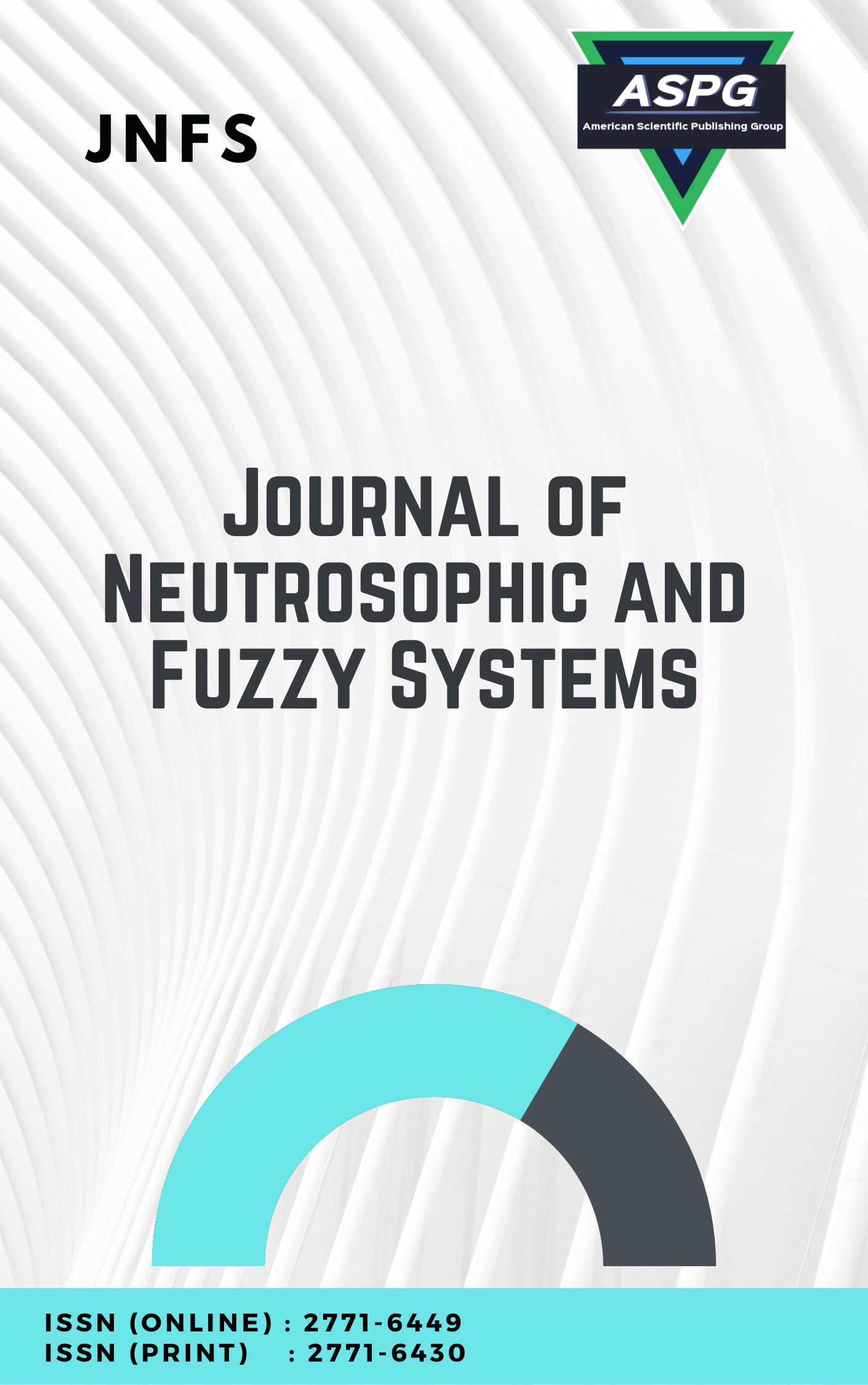

Volume 2 , Issue 2 , PP: 44-56, 2022 | Cite this article as | XML | Html | PDF | Full Length Article
Vinay Padimi 1 * , Venkata Sravan Telu 2 , Devarani Devi Ningombam 3
Doi: https://doi.org/10.54216/JNFS.020204
In peer-to-peer (P2P) lending, borrowers would access loans with lower interest rates than what they usually got from traditional lenders. People can directly borrow from the P2P platform with the rules that make them easy to borrow loans and invest free funds into P2P, which can benefit both borrowers and lenders. However, the easy way to borrow loans comes with risks. One of the major issues is that borrowers may default on the loan taken. In such cases, they can get loans quickly from P2P online platforms without any bank interferences. Thus, the lender can calculate his risk for loan default. In this project, we consider the P2P lending data to predict the loan default reassuring the lender to continue providing loans in the future. In our analysis, we consider the Logistic Regression, Naive Bayes, Random Forest, K Nearest Neighbour, and Decision tree to classify loan data based on their likelihood of default. The simulation result in our algorithm provides a significant accuracy of 94.6%.
KNIME, , Machine Learning, Peer-to-peer Lending (P2P), Loan default, Hyperparameter Tuning, Dimensional Reduction
[1] Y. Zuo, “CLUSTERING ANALYSIS TO SUPPORT LENDER’S DECISION-MAKING IN P2P LENDING - Bondora case study: borrower’s creditworthiness classification,” 2015. doi: 10.13140/RG.2.2.11598.48965.
[2] “How Machine Learning Will Transform P2P Lending,” Lending Times, Jul. 23, 2019. https://lending-times.com/2019/07/23/how-machine-learning-will-transform-p2p-lending/ (accessed Apr. 05, 2022).
[3] “Bondora.com,” Bondora.com. https://www.bondora.com/ (accessed Apr. 05, 2022).
[4] “Loans | loan for all sorts of situations.” https://www.op.fi/private-customers/loans-and-homes/loans (accessed Apr. 05, 2022).
[5] V. L, N. Subramanyam, K. S, C. M, and L. N, “Credit Risk Analysis in Peer-to-Peer Lending System,” Sep. 2016, pp. 193–196. doi: 10.1109/ICKEA.2016.7803017.
[6] L. Zhu, D. Qiu, D. Ergu, C. Ying, and K. Liu, “A study on predicting loan default based on the random forest algorithm,” Procedia Computer Science, vol. 162, pp. 503–513, 2019, doi: 10.1016/j.procs.2019.12.017.
[7] L. Lai, “Loan Default Prediction with Machine Learning Techniques,” in 2020 International Conference on Computer Communication and Network Security (CCNS), Xi’an, China, Aug. 2020, pp. 5–9. doi: 10.1109/CCNS50731.2020.00009.
[8] G. T. Kisutsa, “Loan Default Prediction Using Machine Learning : a Case of Mobile Based Lending,” p. 51.
[9] “Bondora.com,” Bondora.com. https://www.bondora.com/ (accessed Apr. 14, 2022).
[10] C. Fan, M. Chen, X. Wang, J. Wang, and B. Huang, “A Review on Data Preprocessing Techniques Toward Efficient and Reliable Knowledge Discovery From Building Operational Data,” Frontiers in Energy Research, vol. 9, 2021, Accessed: Apr. 14, 2022. [Online]. Available: https://www.frontiersin.org/article/10.3389/fenrg.2021.652801
[11] “Top 10 Machine Learning Algorithms: Supervised, Unsupervised Learning & More | Simplilearn,” Simplilearn.com, Nov. 09, 2016. https://www.simplilearn.com/10-algorithms-machine-learning-engineers-need-to-know-article (accessed Apr. 14, 2022).
[12] S. Ghoneim, “Accuracy, Recall, Precision, F-Score & Specificity, which to optimize on?,” Medium, Apr. 08, 2019. https://towardsdatascience.com/accuracy-recall-precision-f-score-specificity-which-to-optimize-on-867d3f11124 (accessed Apr. 14, 2022).